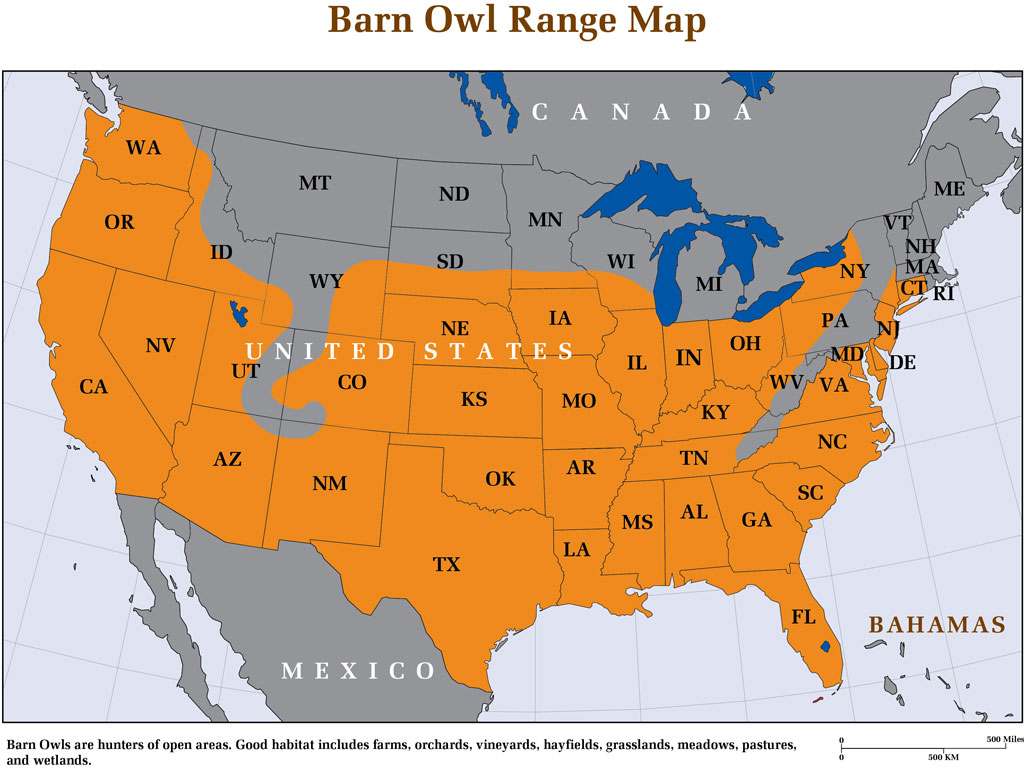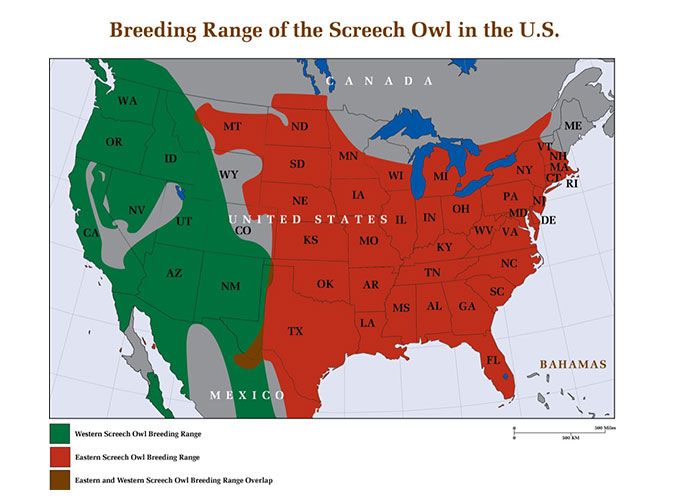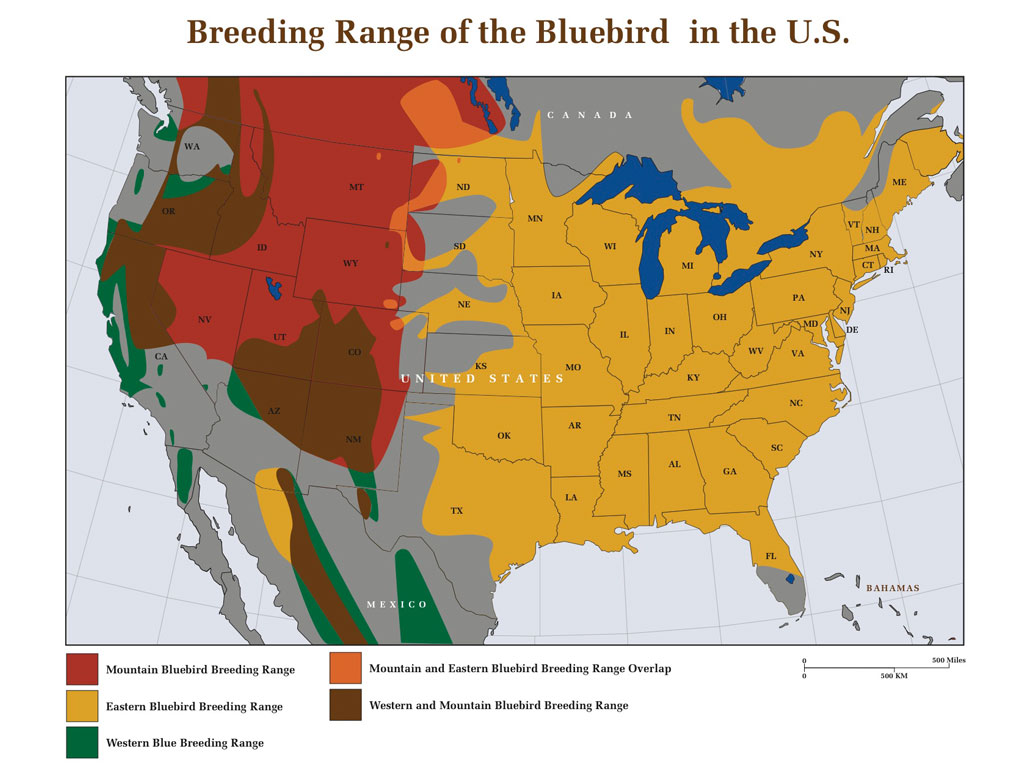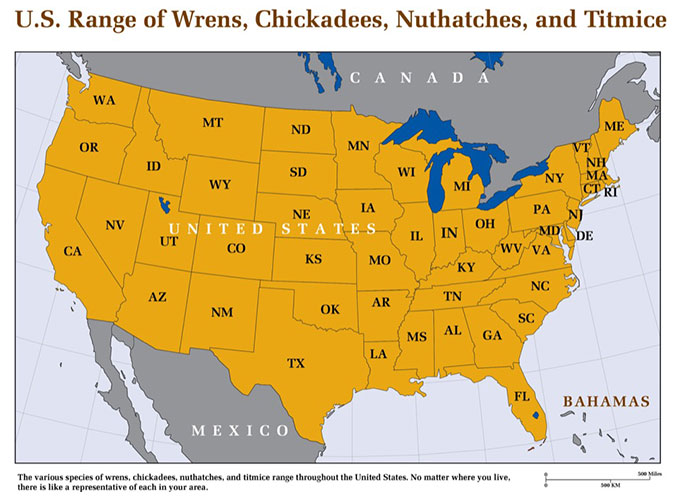Free Shipping to the Contiguous United States
Wisconsin Barn Owls
Barn Owls in Wisconsin
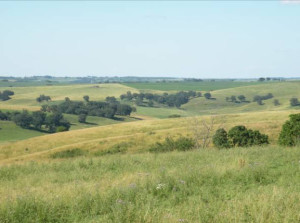
The barn owl in Wisconsin is rare and listed as endangered. Most breeding records have come from the southern counties where the state Bureau of Endangered Resources has attempted to bolster barn owl populations over the years by installing over one hundred nest boxes and releasing captive bred owls. The Wisconsin Department of Natural Resources in recent years has also installed a number of nest boxes.
Although natural grasslands and wetlands have declined in the state and been replaced by row crops such as soy, there are plenty of pastures and meadows remaining throughout the state. A main limiting factor is the severe winters, particularly the heavy snowfalls that regularly occur, making it difficult if not impossible for barn owls to catch prey beneath the snow. Mild winters allow barn owl populations to grow, but a single heavy snowfall that lasts over a week on the ground can severely set back barn owl numbers.
Nonetheless, barn owls do breed each year in the state and nest box programs have had some success. The range map is from the Natural Heritage Inventory Base in 2012 and shows counties of confirmed nesting. Keep in mind that such records are dependent on field work which is often limited and that barn owls can be very difficult to detect since they are secretive and nocturnal. Chances are that there are more barn owls than found and that other counties may harbor them. Residents in these or neighboring counties who live in good habitat such as grasslands, wetlands, or pasture would be helping conservation efforts by installing nest boxes and contacting their local DNR office when barn owls are seen.
Barn Owl Breed and Release Program in Wisconsin
The state of Wisconsin conducted captive breeding program and released 98 young birds into the wild between 1982 and 1987. This program was discontinued since there was no apparent increase in barn owls in the wild. This is typical of such barn owl breed and release programs – due to dramatic dispersal of young in the fall, high mortality, and low returns to natal areas, barn owls are not a suitable species for breed and release. Habitat enhancement, such as nest box programs, have proven to be far more effective.
Barn Owl Diet and Nesting in Wisconsin
Barn owls in Wisconsin feed mainly on voles (meadow mice) and shrews. They nest in silos, barns, outbuildings, tree cavities, and nest boxes. They breed March through July, laying three to nine eggs, with four or five on average. Researchers believe that most Wisconsin barn owls leave for the winter, but there are records of overwintering as well. It may be the young that disperse in the fall, and the adults that stay as in many other states.
An excellent large paper on the barn owl in general, with Wisconsin as a subset focus: http://dnr.wi.gov/org/land/er/publications/reports/pdfs/ER_report037.pdf

